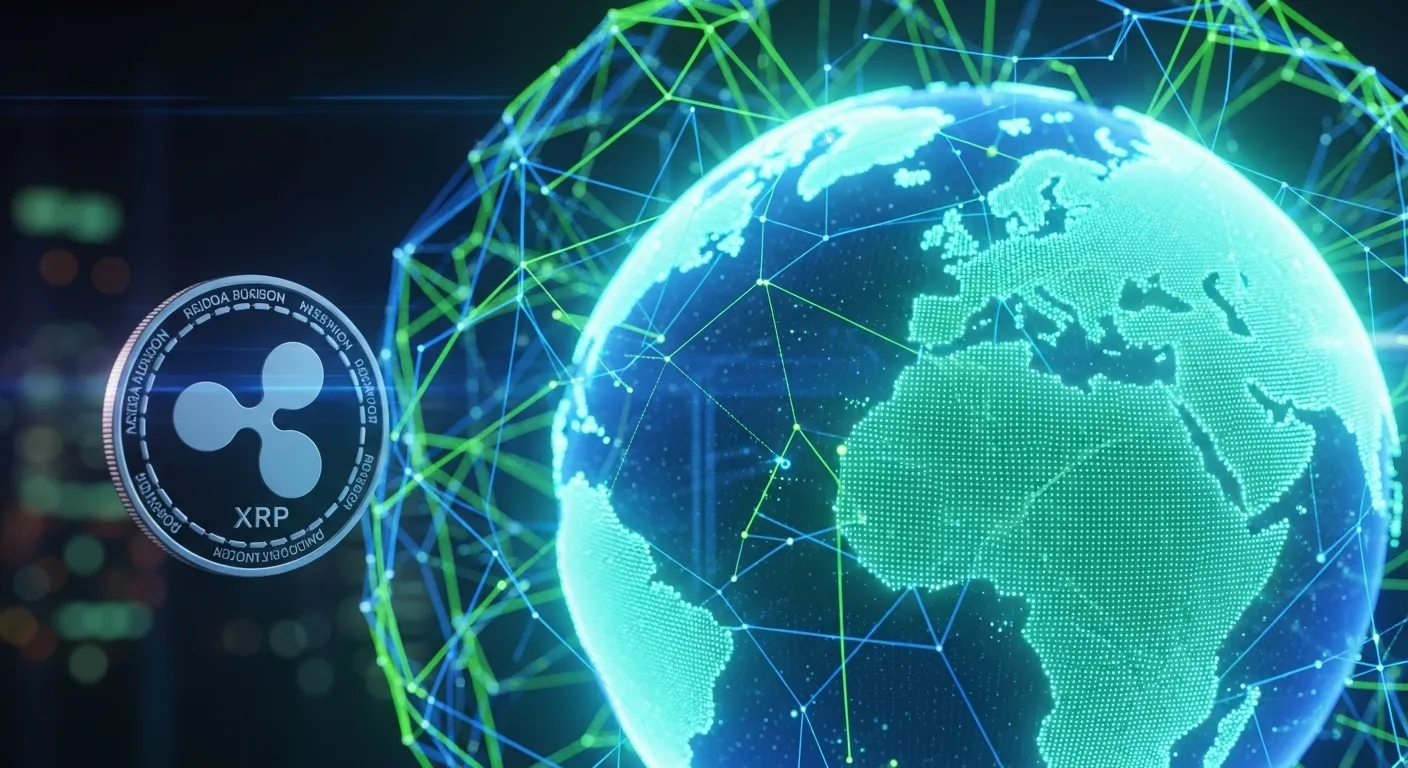XRP Utility Uncovered: A Comprehensive Analysis of Its Foundational Role, Ecosystem Diversification, and Future Trajectory Beyond Cross-Border Payments in 2025
XRP, the native digital asset of the Ripple ecosystem, has historically been narrowly defined by its primary use case: efficient and low-cost cross-border payments via Ripple's On-Demand Liquidity (ODL) solution. However, this perception significantly understates the asset's evolving utility and its growing role as a versatile platform. By 2025, the XRP Ledger (XRPL) is rapidly diversifying into key areas of the decentralized economy, making XRP a multi-faceted asset with potential for exponential growth. This in-depth analysis will explore the hidden potential of XRP, the catalysts driving its expansion, and the strategic implications for investors.
1. The Multi-Utility Evolution of the XRP Ledger (XRPL)
The XRPL is not just a settlement layer; it is a high-speed, decentralized public blockchain optimized for asset issuance and exchange. Its core technological features achieving transaction finality in 3-5 seconds and minimal transaction costs make it highly attractive for a range of DApps.
Diversification Verticals:
* Decentralized Finance (DeFi): Developers are actively utilizing the XRPL's speed to build lending, borrowing, and yield generation protocols. The native XRPL DEX provides a foundation for fast, cheap, on-chain token swaps. Projects like the Flare Network (FLR), although a separate entity, aim to integrate smart contract functionality and real-world data (oracles) with the XRPL, significantly enhancing XRP's utility in complex DeFi protocols.
* Non-Fungible Tokens (NFTs): The XRPL's low fees and fast finality make it an ideal environment for NFT marketplaces, avoiding the high gas fees seen on legacy blockchains during periods of congestion. This diversification into the thriving creator economy adds a crucial layer of fundamental demand.
* Tokenization of Real-World Assets (RWA): The XRPL's efficiency and enterprise focus position it as a strong candidate for the tokenization of real-world assets like real estate, commodities, and bonds. This application taps into a multi-trillion-dollar traditional finance market, presenting a massive long-term catalyst for utility-driven demand.
2. The Legal and Institutional Catalyst
XRP’s valuation remains acutely sensitive to the resolution of the U.S. Securities and Exchange Commission (SEC) lawsuit. This legal uncertainty has been the primary barrier to mainstream institutional adoption.
The Significance of Legal Clarity: The historical July 2023 ruling, which determined that XRP sales on exchanges did not constitute the offering of a security, caused an immediate and massive 70% price surge, demonstrating the market's suppressed demand. A final, favorable resolution in 2025 would completely de-risk the asset for major institutional investors, triggering the re-listing on top-tier US exchanges and unlocking a torrent of previously sidelined capital.
Institutional ODL Growth: The practical utility remains a strong driver. Ripple’s ODL solution, utilizing XRP for near-instant cross-border liquidity, continues its expansion into major financial corridors (e.g., Asia, Latin America). Each successful partnership with a financial institution translates directly into non-speculative demand for XRP as the settlement asset.
3. Tracking Utility and Investment Strategy Framework
Effective investment in XRP requires a dual-focus strategy that monitors both the legal narrative and the on-chain utility metrics.
Monitoring Tools and Metrics:
* Legal/News Surveillance: Continuous, real-time monitoring of official statements from Ripple and the SEC (often amplified on platforms like X and specialized crypto news aggregators) is paramount.
* On-Chain Health: Tools like CoinGecko and XRPL Explorers must be used to track the real-time Transaction Volume on the XRPL DEX and the growth in active unique addresses. A sustained increase in these utility metrics is the clearest fundamental indicator of healthy ecosystem expansion.
Investment Strategy:
* The Event-Driven Trade: The highest-risk, highest-reward strategy involves positioning a long trade immediately upon confirmation of a final, favorable legal outcome. This trade relies on speed and aggressive risk management.
* Long-Term Accumulation: The prudent approach is Dollar-Cost Averaging (DCA), systematically accumulating XRP during price dips. This strategy minimizes the risk of market timing while betting on the eventual realization of utility and legal clarity.
* Risk Mitigation: XRP is a high-beta asset. A strict, non-negotiable Stop-Loss should be positioned just below the nearest major structural support (e.g., $2.80) to protect capital from adverse legal or systemic market shocks. Capital preservation must be the highest priority.
Historical Resilience: XRP’s history notably its recovery from the initial 2020 lawsuit dip to below $0.20 and its subsequent rebound demonstrates the asset's inherent resilience and the deep conviction of its community and institutional partners.
4. Conclusion: Awaiting the Spark for Exponential Growth
XRP's potential in 2025 is immense, driven by its technological suitability for global finance and its expanding role in the decentralized economy. The multi-utility evolution of the XRPL, coupled with the imminent resolution of the SEC legal case, positions XRP for an exponential rally. The key for investors is to synthesize the understanding of these unique fundamental catalysts with a disciplined, risk-managed trading framework. XRP is poised to transition from being merely a cross-border payment solution to a foundational, multi-utility asset of the new financial era.

